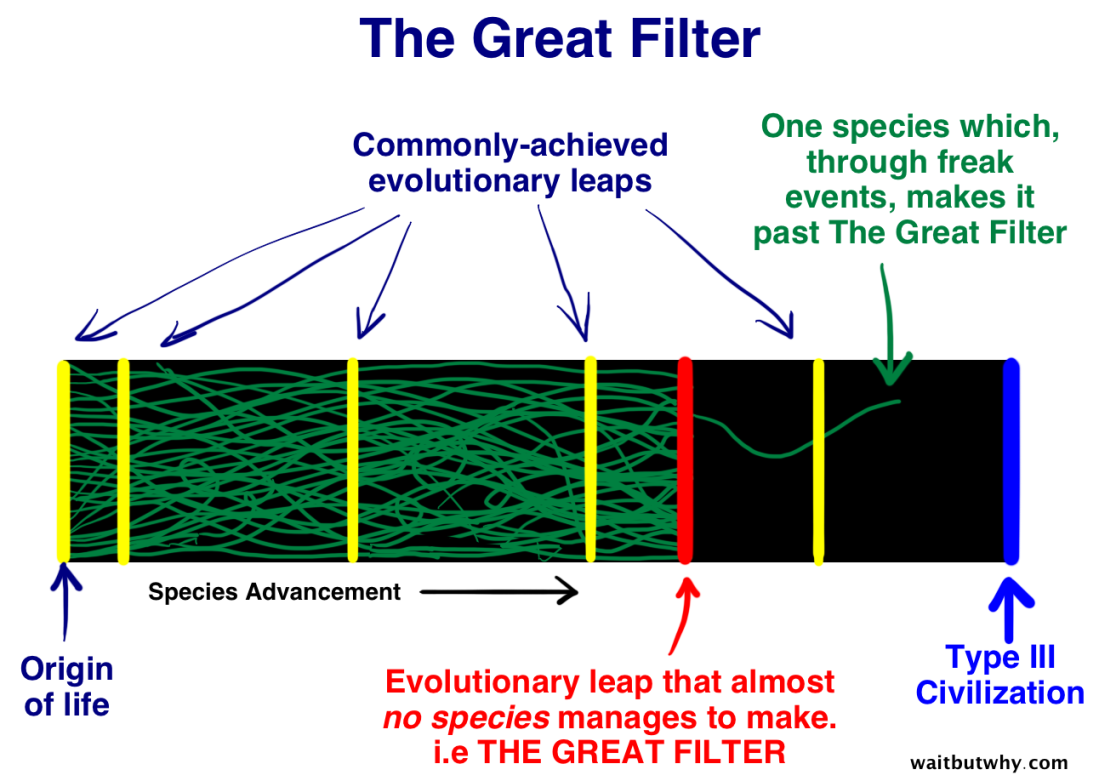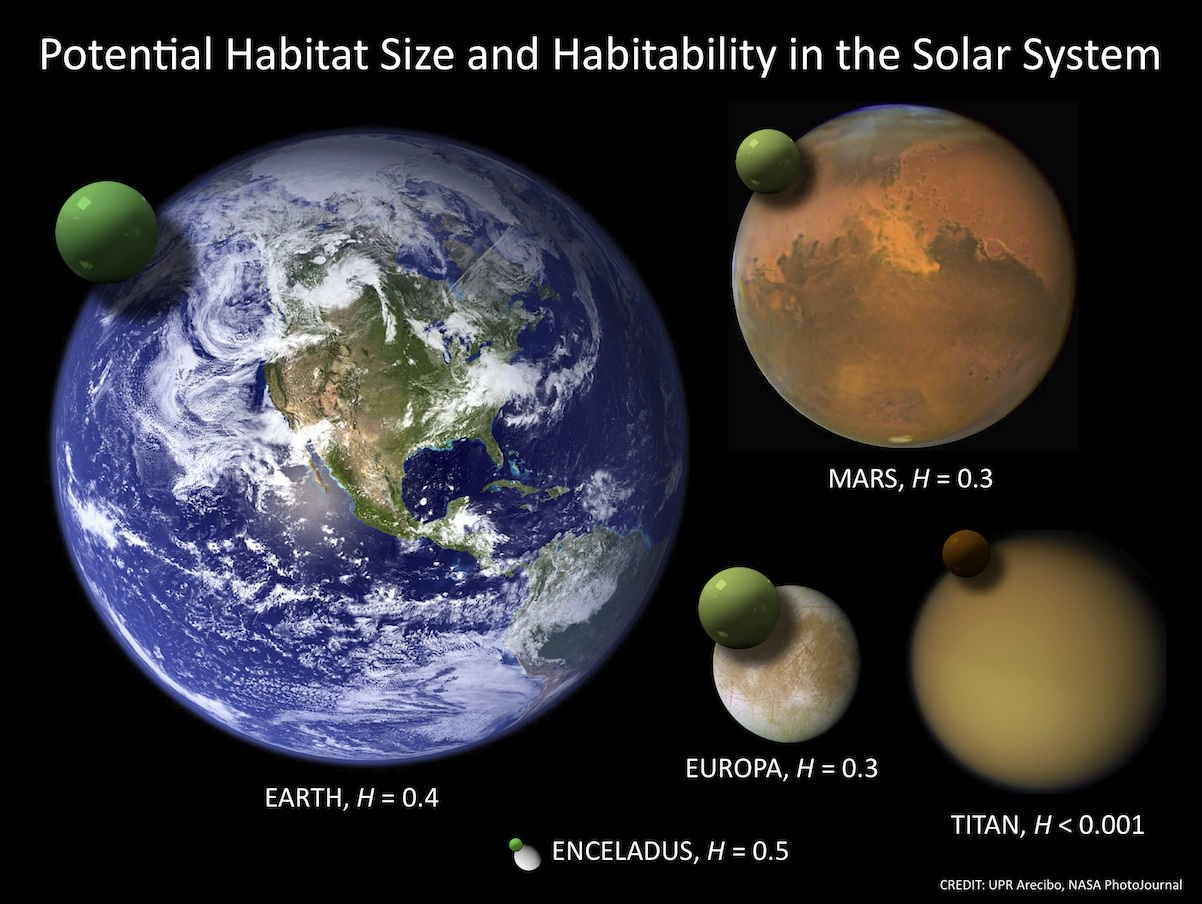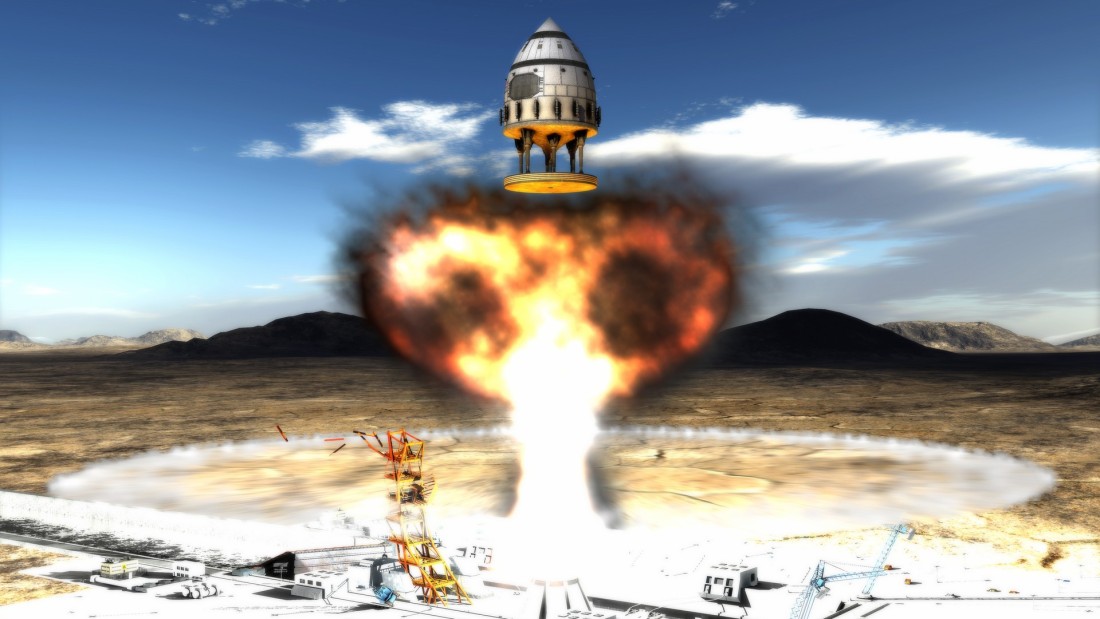
The Observable Universe (Thus Far)
I learned quite a bit this semester and it definitely changes the way in which I look at the universe. Coming into the course I could name the planets of our Solar System and that is about it, so I basically had no previous astronomical knowledge. For the most part I found the course very interesting, though I am admittedly not particularly interested in some of the particular details as to how certain objects form. I did find it very interesting however, to learn about the different characteristics of other worlds and simply how much more there is to learn. My eyes were opened to the sheer scope of the universe and how insignificant our Solar System is compared to it. As a result, I find myself thinking a lot more about other worlds and the possibility of alien life. Before I would say I didn’t really believe in alien life, but that is simply because my knowledge was so limited. As far as I knew, Mars was the only world we knew of with the possibility of life. I had no idea about places such as Europa or Titan. Now I feel like there has to be at least some form of life on a place like Europa in which there is likely an enormous ocean. It is hard to imagine any sort of ocean that would be completely absent of life. I also had no idea how many other habitable planets existed outside of our Solar System. I think the likelihood of alien life was really put into perspective for me when we all used the Drake Equation in class. Although I probably still fell more on the pessimistic side, I found myself thinking more and more about how unlikely it seems for us to be the only world containing life. I definitely want to pay more attention to future astronomical discoveries going forward and I find myself increasingly excited about the idea of learning about the physical characteristics of other Earth-like worlds as our technology gets better.








